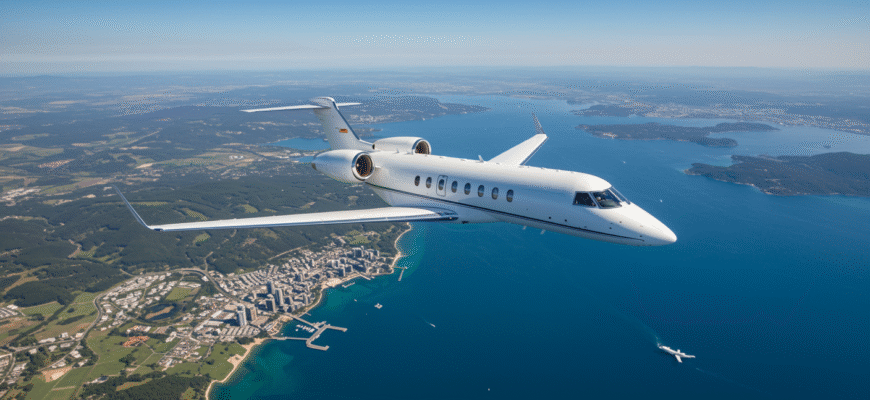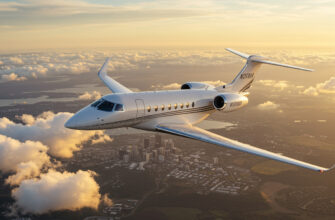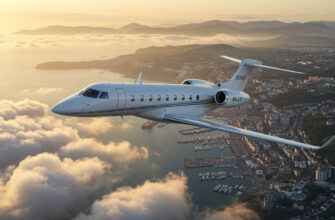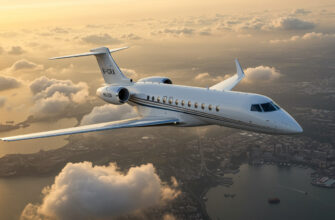Commercial travel in the Philippines can feel like a full-time job — hours lost in traffic to airport terminals, NAIA bottlenecks that don’t care if you’ve got a meeting in Makati or a yacht waiting in El Nido, and flight delays that never apologize. It’s not just inefficient — it’s draining. That’s why more travelers are dropping coach and choosing private jet charter in the Philippines. And it’s not just tycoons and politicians anymore. CEOs on tight schedules, celebrities escaping lenses, crypto millionaires rolling in last-minute, even couples trying to keep things secret — they’re all booking private flights out of Manila. Because at the core, what they’re buying isn’t just a seat on a plane. It’s privacy. It’s control. It’s being gone by sunrise without asking permission. If you want to fly private in the Philippines, it starts by knowing what’s possible, who’s already doing it, and how to book fast. Because freedom shouldn’t be check-in-dependent.
The Gate You Never See: VIP Terminals, Lounges & Hidden Airstrips
You don’t wait in line when you fly private — not in Manila, not in Cebu, not anywhere else that matters. At Ninoy Aquino International Airport, most flyers deal with crowds and noise. But regulars book through VIP terminal NAIA packages — think private security lanes, fast-track immigration, and plush lounges no one tweets about. These are Fixed-Base Operators (FBOs) and they essentially act as secret entries into the skies.
But the real treat comes when your jet veers off from big city airports and touches down where most people can’t. Private jet hangars Manila are just the start. Some charters fly straight into boutique runways that barely look like airstrips on Google Maps — think Siargao’s sandy approach, Balesin’s exclusive tarmac, Palawan’s hidden pockets of paradise, or Tagaytay’s tricky mountaintop access.
The executive airport Manila scene has its rhythm, but the archipelago offers more than 7,000 islands — which means many small regional airports most travelers (and commercial airlines) ignore. Here’s what it looks like:
| Island Destination | Private-Accessible Airport | Why It Wins |
|---|---|---|
| El Nido | Lio Airport (ENI) | Minimal traffic, perfect for romantic getaways |
| Balesin Island | Private runway | Exclusive access, resort-owned airstrip |
| Siargao | Sayak Airport (IAO) | Quick turnaround for surf trips and weekend escapes |
| Coron | Busuanga Airport (USU) | Underused gem perfect for nature travelers |
| Tagaytay | Tagaytay Airfield (Private) | Short hops from Manila, perfect for heli-to-jet combos |
Flying private means slipping past the noise — literally. Whether you’re using a private jet hangar in Manila or coasting onto an executive tarmac in Dumaguete, the goal is the same: quiet departure, seamless arrival, zero hassle.
How Much Does It Really Cost? Breaking Down The Numbers
Let’s skip the vague estimates. You want to know what it actually costs to book a private flight in the Philippines — here’s what that looks like across the most common routes:
- Manila to Cebu: $10,000–$14,000 roundtrip on a light jet
- Manila to Davao: $15,000–$19,000 on a midsize option
- Manila to Coron or Tagbilaran: $9,500+ with extra for land transfers
Private jet rental cost in the Philippines rides on a few key variables:
Aircraft type: Turboprops cost less, while midsize jets offer better range with fewer fuel stops.
Flight duration: It’s not just the distance — ground wait time, overnight crew lodging, and whether you’re flying one-way or round trip move the pricing dramatically.
Handling and fees: Think airport slots, customs, lounge use, and jet parking in congested cities.
Here’s a ballpark for something more long-distance:
Manila to Singapore (round trip, 2-day wait): $38,000–$44,000 for a midsize
Charter jet Philippines price to Tokyo: $50,000+ depending on layovers
Manila to Cebu private flight price on demand: $6,000 (one-way, light aircraft, limited baggage)
What’s wild? You can even pay by Bitcoin with a few charter providers now — or wire funds via low-profile corporate accounts. NDAs are often built into the quote, clearing the way for discreet getaways without email threads or paper contracts floating in the office inbox.
The moment you ask for a quote, make it clear: ask for all-in numbers. That means tip-to-tail cost — plane repositioning fees, overnight hangar rates, crew hotels, meals, and even mid-air WiFi if it matters to you. Otherwise, you’ll get hit with ghost charges later.
At the end of the day, flying private here is less about constantly spending big and more about cutting down the noise — in every possible way. Pricey, yes. But nothing close to the cost of lost time.
Who’s Flying and Why: Real Private Jet Scenarios You’d Never Believe
Think private jets in the Philippines are just about showing off? Think again. Some of these high-profile private flights are less about flexing and more about surviving—emotionally, socially, or even meteorologically.
One A-list actress once booked a discreet jet charter in Asia at 2AM just to escape a Manila mall after paparazzi camped out at three different exits. She was in Cebu by sunrise, her phone off, and her face splashed across exactly zero headlines. Meanwhile, a Davao-based billionaire rerouted his family last-minute from Tokyo to Clark International to dodge a typhoon swirling near Luzon. And yes, there really was a jet full of bridesmaids and mood lighting headed to El Nido after a proposal turned into a full-blown wedding mid-vacation.
But it’s not all love and storms. Some of the Manila rich lifestyle runs straight through thin air: offshore banking deals are known to be signed mid-flight between Makati and Singapore, with satellite Wi-Fi and onboard legal counsel on deck. And then there are the ones who ghost everyone—disappearing to “no phones allowed” island resorts, changing passports mid-air, and reentering society days or weeks later under a different name. Literally.
Whether it’s about dodging cameras or dodging questions, these flights aren’t Instagram content—they’re escape plans. Seamless, silent, and not for public consumption.
Flight Crew Secrets and Onboard Add-Ons They Don’t List Online
You think you know luxury? Most folks don’t even know the half of it—especially what happens in the sky. Private jet services in the Philippines come with perks that never touch a website.
- Golden retrievers over people, apparently. Pets on board often get more VIP treatment than their owners: custom-prepared meals, orthopedic pet beds, and specialized boarding harnesses designed to keep them chill during turbulence.
- Pilots have handled flights rerouted midair due to restricted airspace, typhoons forming too fast to predict, and even clients dropping in without valid customs stamps—some crew carry “fixer kits” of regulatory backup files for just that reason.
- Got a party idea mid-brunch? Expect crews to flip the cabin from boardroom to bottle-service in 30 minutes flat. Think flashing LED ambient lighting, DJ consoles, even karaoke mics if you ask nicely (and fly often).
Some brokers in Manila can arrange sushi-grade dishes onboard just 6 hours before takeoff, sourced straight from your fave Raffles chef. That includes curated wines and fresh lumpia hand-rolled during climb-out.
The best luxury jet experience Manila isn’t just about polished seats or monogrammed slippers—it’s the ability to say “yes” to wild requests and have a crew that’s already three steps ahead. Think Martha Stewart meets James Bond, airborne.
Your Exit Plan: Emergency Landings, Weather, and ‘Plan B’ Protocols
So what happens when the glossy plan melts under Manila’s thunderstorm tantrums? High-altitude isn’t always high-control. And no, Ninoy Aquino Airport doesn’t always say yes on first try.
When skies close over Luzon, reroutes go live. Most charter pilots flying this circuit already have storm-safe airstrip Luzon partners locked in—think Clark, Subic, or even Busuanga when flights toward Palawan get messy. Emergency diversions mean your backup landing private jet options aren’t just optional—they’re essential.
Brokers plan ahead during typhoon season with flexible departure windows, especially if inbound international flights are stacking up. And yes, they’ll use encrypted apps to update gate changes so even your security detail knows when to switch convoys.
Typhoon flight plan Philippines protocols aren’t glamorous, but they’re what keeps fantasy vacations from becoming news headlines.









